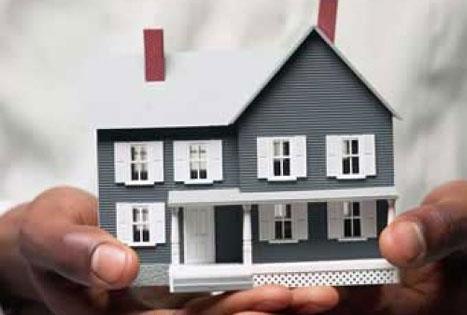Let’s face it, when there is a decision to be made about which property to buy it’s usually the woman who has the final say, or so many real estate agents tell me.
They also say that our purchases are often based on the buyer’s our passion for the property, which I believe is polite way of saying that we ladies tend to get a bit emotional about our purchases. I know how hard is it to walk into a house you are thinking of buying as an investment without seeing yourself in it, even if it is an investment?
The key to property investing is not about whether we like the main bedroom with the big ensuite and spa, or whether we like the layout of the kitchen and has it got lots of bench space.
Remember we are not going to live in it, someone else will and the type and style of property that we may want for ourselves may not necessarily mean a good investment property for us to own.
It is far more important for us to know what makes a good investment property and how prices rise and fall, as this can mean the difference between us getting a good or bad investment.
Buying investment property is about making money, and so my advice girls, is to put your logical rather than emotional hat on and look at three things. 1. When to buy 2. Where to buy. 3 How to buy.
For now we will talk about point one above as this is critical given we all want protection from entering the property market near the top of a price cycle. A correction in the market after we buy could mean we end up owing more money to the bank than the house is worth and we have seen that in recent years. Whilst you may not have heard about people going broke in property, it does occur through being overexposed and/or investing at the wrong time.
Just as we experience different cycles in our lives, property prices also move in cycles; from a low to a high to another low and so on.
Here are my three things you must know about property cycles:
1. Availability of credit is one of the big factors impacting property cycles. Get to know the signs to watch out for:
a. Easy credit; Prior to the GFC first home owners were over leveraging by building big homes with all the bells and whistles, all with little or no deposit. This means a correction is near.
b. Tightened credit: Banks having to meet much tighter regulations always repeats around the bottom of the property cycle. This is happening now.
2. The release of government land and building of significant infrastructure for public transport, roads and bridges fuels the boom/bust cycle in property. Find out where the money is being spent as good growth typically follows.
3. There are cycles occurring within cycles – meaning each state and particular suburbs within each state in Australia can have a different price cycle. One example being Melbourne, where prices have stabilised while large parts of Queensland and even NSW have experienced massive corrections.
All of these are sensitive to interest rates as these are used to slow down or speed up our economy as they effect the decisions we personally make to buy or sell. Given this, it is important to listen for the Reserve Bank of Australia’s decision to lift, cut or set interest rates on hold when they meet each month. Having an awareness of all of these things means you are more likely to get your timing right.








 Agree (0)
Agree (0) Disagree (
Disagree (











__small.png)










